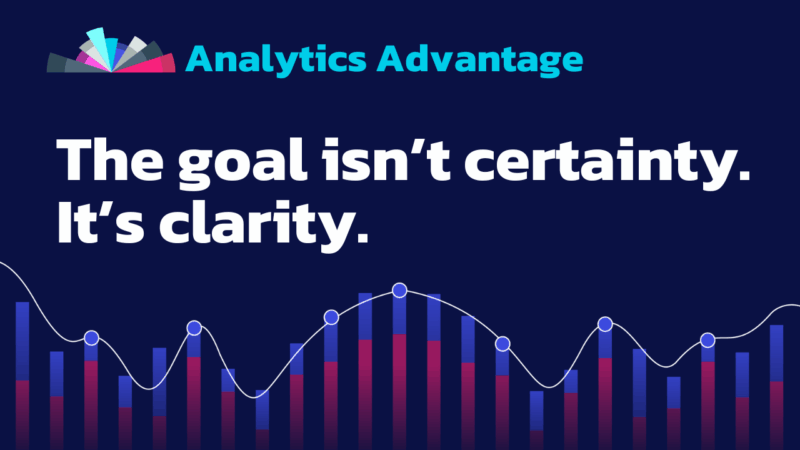Why This Week Matters
Last week, you assessed who you are as a leader.
This week, you’ll convert those insights into a practical plan: clear, specific, and built to stick.
Quick Recap: Your Inputs
You should now have a well-rounded picture of yourself from multiple angles. Pull together:
- A personality assessment (Enneagram, DiSC, etc.) so visualize your temperament on simple 2×2 grids: analytical vs. creative; rules-based vs. feeling-based
- A personal SWOT you drafted yourself
- A 360° SWOT from your boss, direct reports, peers, and a trusted former colleague
- Your resume as a narrative of where you’ve been, and what you’ve accomplished
These are the raw materials for your plan.
One Canvas, Not Ten Documents
Consolidate everything onto a single working board. Make the contrasts visible: where you believe you are and where others say you are. This canvas becomes the surface for choices, trade-offs, and commitments for the year ahead.
Turn Strengths Into Levers
Hat tip to my fellow Actionaut, Jay Farias, whose facilitated workshop drove this home: Use strengths and opportunities to overcome weaknesses and defend against threats. Play offense with your strengths; design guardrails so those same strengths can neutralize predictable risks. That’s the lens for every decision in your plan.
Choose 3–5 Big Moves
Your output is not a task list; it’s a short set of behavior-based moves for the next 12 months. Keep them few, memorable, and durable.
- If organization is a weakness and rule-following is a strength, codify rules that make organization automatic.
- If you love talking to people and need to grow your network outside the company, time-block weekly conversations with peers outside the company.
Three-to-five such moves are enough to change your trajectory without diluting your focus.
Make “Done” Unambiguous
Define what success looks like (quantitative or qualitative) and tie it to how you naturally operate. Example: “Zero clutter on my desktop” sounds trivial, but if a messy desktop is your signal for disorder, it’s a clean, objective metric. Guard against burying chaos in a new folder; set measures that close that loophole.
Build An Accountability Loop
You wouldn’t have made it to this level in your career without motivation. The gap is often accountability. Pick a partner (boss, colleague, spouse, or friend) who will hold you to your measures. Put recurring reviews on the calendar: quarterly at minimum; monthly if you’re ambitious. The simple act of having to explain progress to someone else pulls the work forward.
Practice Transparency, Grace, and the Five Whys
If you show up to your accountability meeting and say, “I had five goals and finished one,” or even “none,” that’s okay. Observe without blame. Ask “Why?” five times to uncover the real blocker (time, clarity, incentives, or structural) and then adjust the plan, measures, or cadence. Don’t abandon the commitment.
Next Week: Act
In the next issue, we’ll get into how to motivate yourself to stay consistent as a data leader, and how to balance technical expertise, people leadership, and political savvy inside your organization.
Call to Action
- Build your one-page canvas from the inputs above.
- Select your 3–5 big moves and define “done” for each.
- Book your first review with an accountability partner.
Want a quick gut-check on your plan? Reply and I’ll offer feedback.
Shaun Davis, your personal data therapist, understands your unique challenges and helps you navigate through the data maze. With keen insight, he discerns the signal from the noise, tenaciously finding the right solutions to guide you through the ever-growing data landscape. Shaun has partnered for 10 years with top data teams to turn their data into profitable and efficiency hunting action. Learn more about Shaun.






